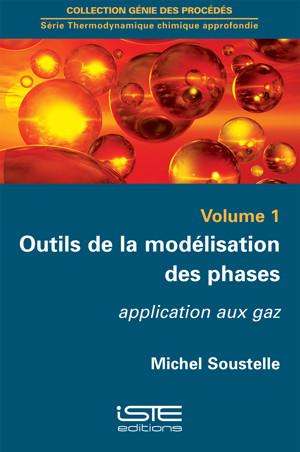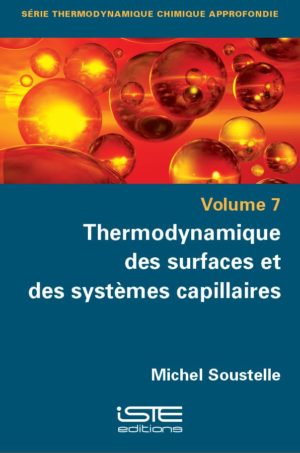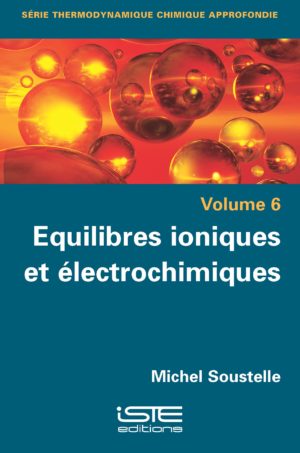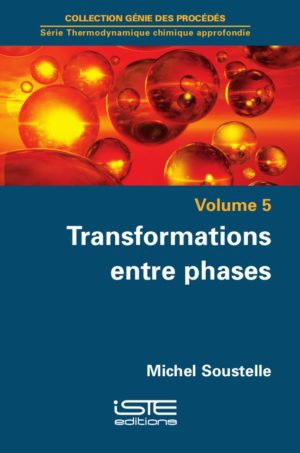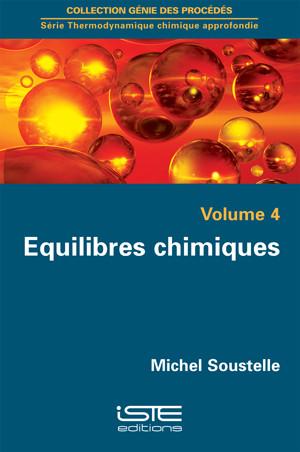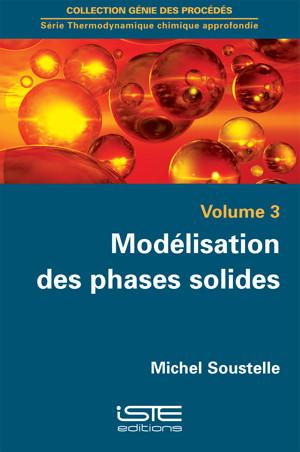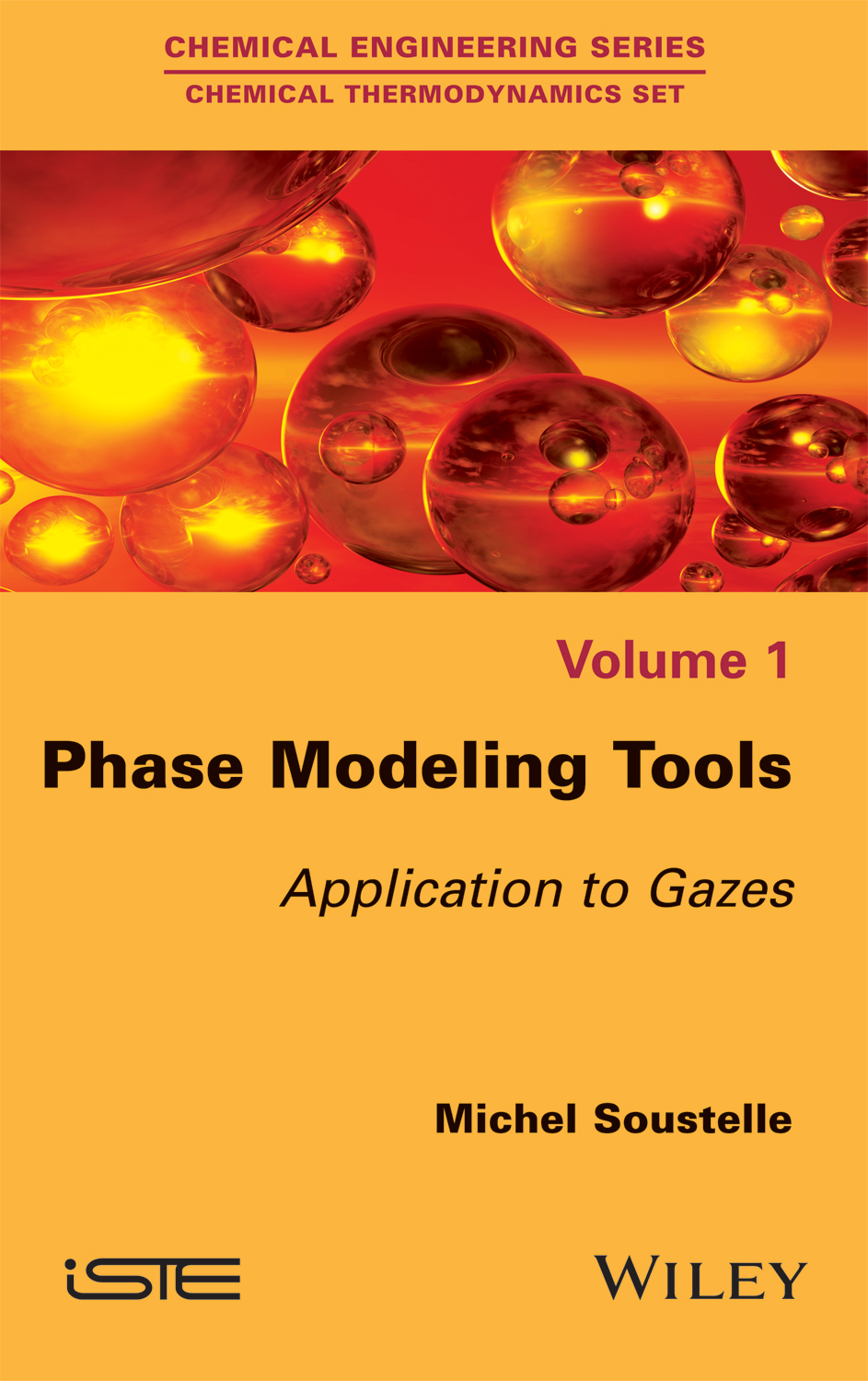
This book – one of a set of various volumes offering an in-depth examination of chemical thermodynamics – is dedicated to macroscopic and microscopic modeling tools and their application to gases. The title is split into two parts. The first part introduces phase modeling tools and covers the fundamental steps in the modelling of a […]
This book – one of a set of various volumes offering an in-depth examination of chemical thermodynamics – is dedicated to macroscopic and microscopic modeling tools and their application to gases.
The title is split into two parts. The first part introduces phase modeling tools and covers the fundamental steps in the modelling of a phase, constructing potential characteristic functions. The microscopic approach is then presented and the tools used in the microscopic modelling of phases through the use of statistics of molecular objects and microcanonical and canonical spaces are discussed.
The second part is dedicated to the modelling of gaseous phases. The authors cover macroscopic and microscopic modeling of pure gases using state equations, generalized compressibility charts and the concept of fugacity. Microscopic modeling is an initial application of statistical thermodynamics by calculating the second virial coefficient. Finally, the title concludes with a description of the models of gaseous mixtures, macroscopic and microscopic. Mixed models from models of condensed solutions and state equations are also covered.
Appendices 1–5 give an introduction to the general methods used in the text, and offer additional mathematical tools and some data.
This set of books is written for an audience of engineering undergraduates and Masters students in the disciplines of chemistry, physical chemistry, process engineering, materials and doctoral candidates in those disciplines. It is also useful for researchers at fundamental- or applied-research labs, dealing with issues in thermodynamics during the course of their work.
1. Thermodynamic Functions and Variables.
2. Macroscopic Modeling of a Phase.
3. Multi-Compound Phases – Solutions.
4. Statistics of Object Collections.
5. Canonical Ensembles and Thermodynamic Functions.
6. Molecular Partition Functions.
7. Pure Real Gases.
8. Gas Mixtures.

